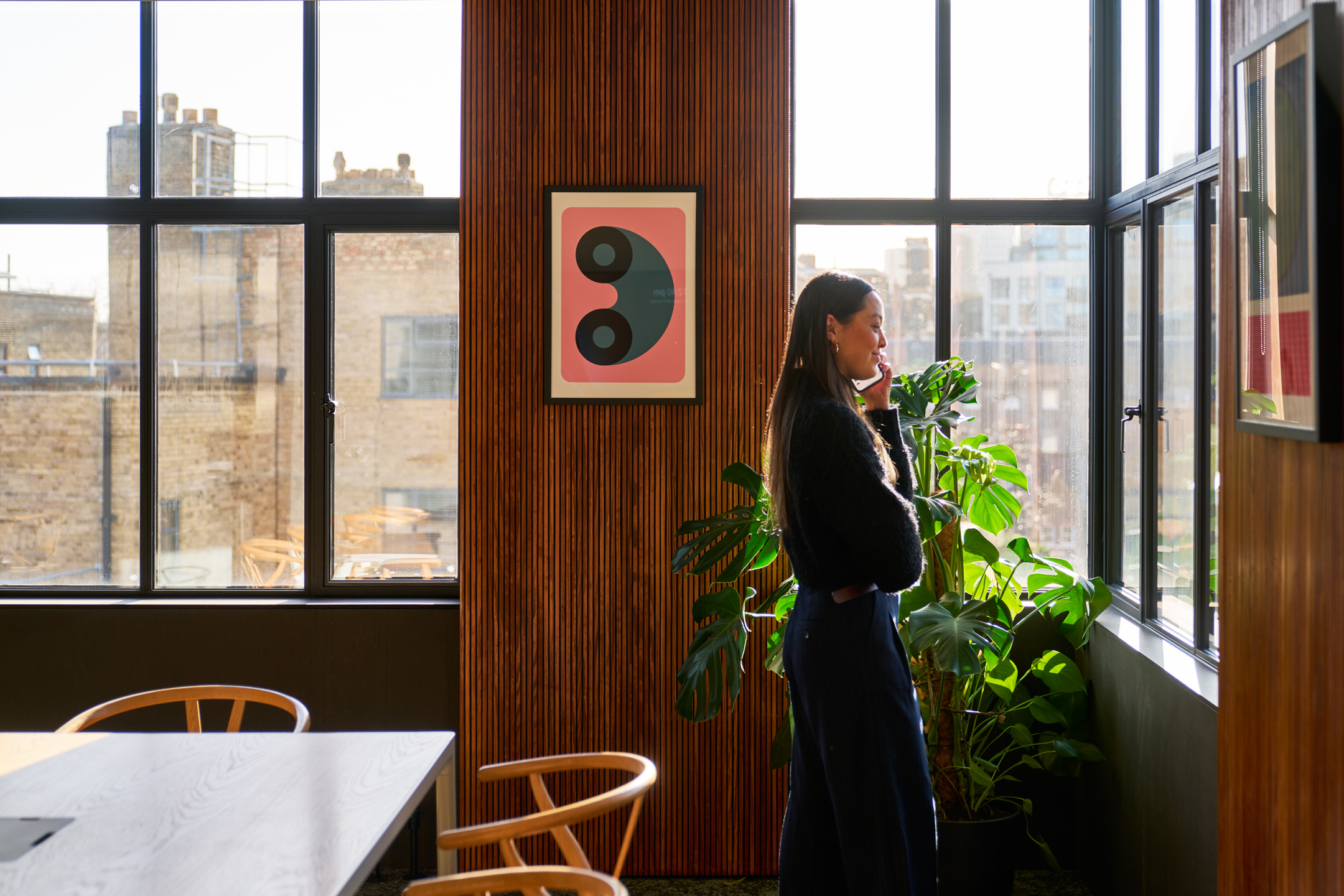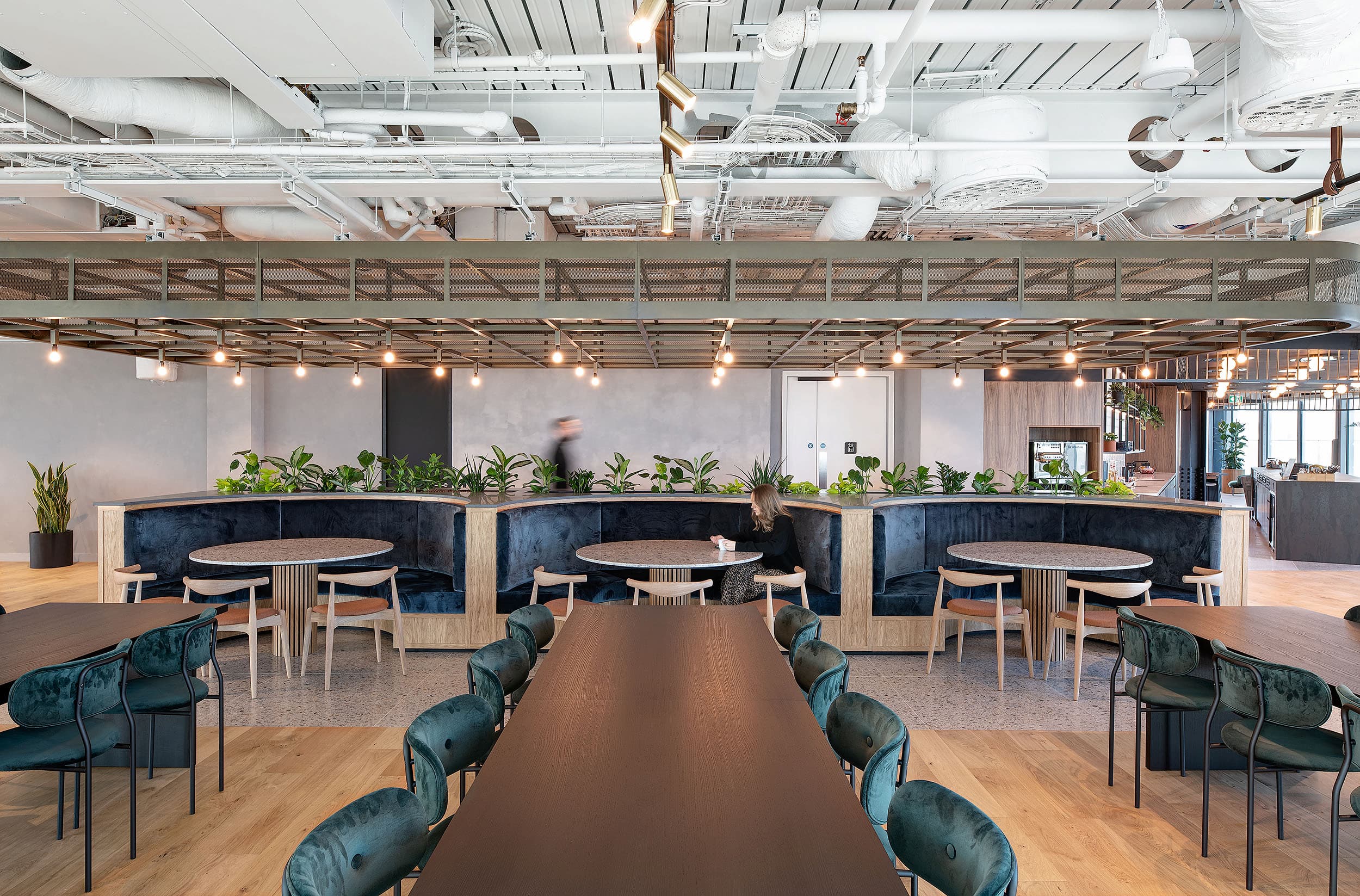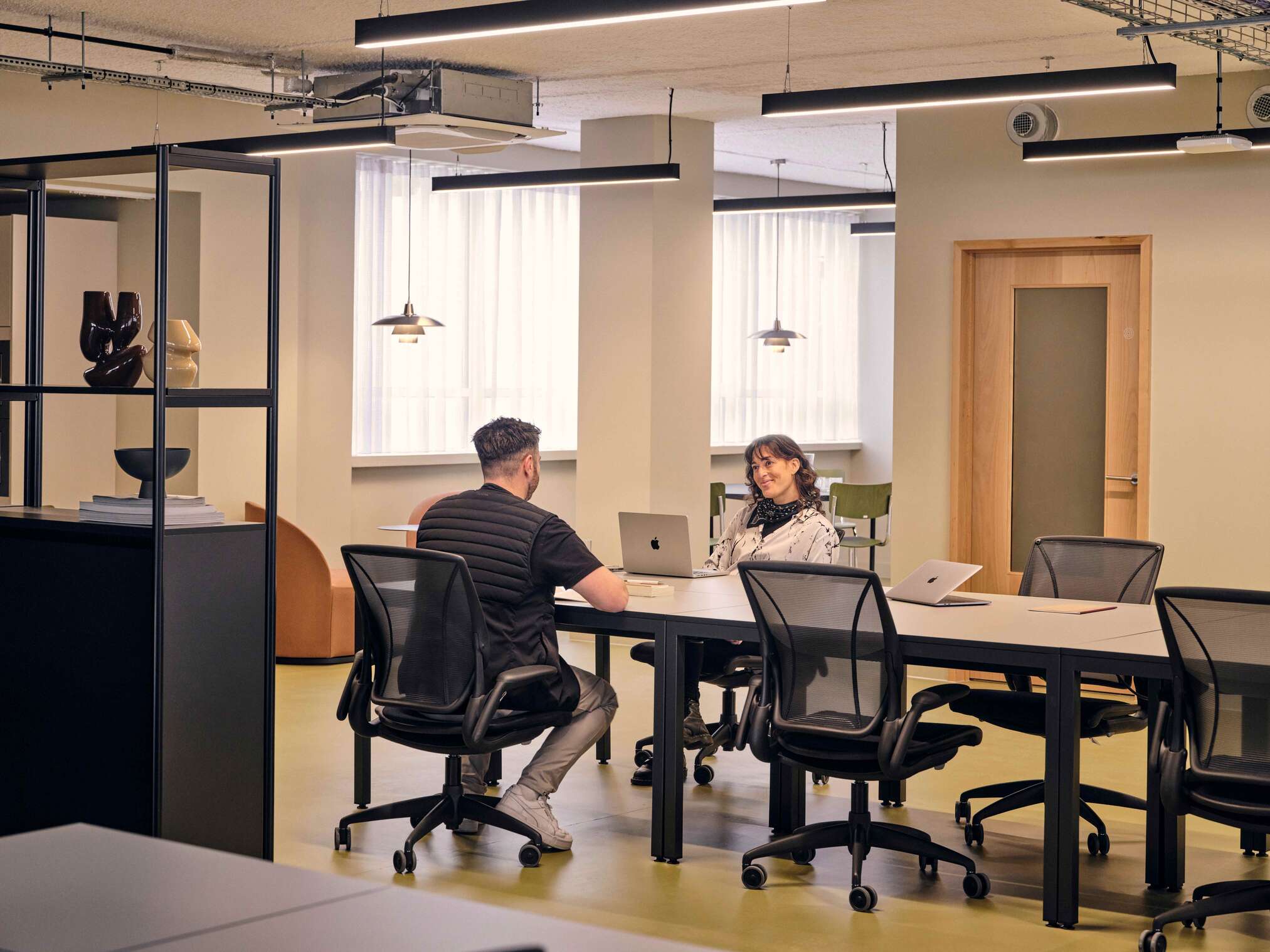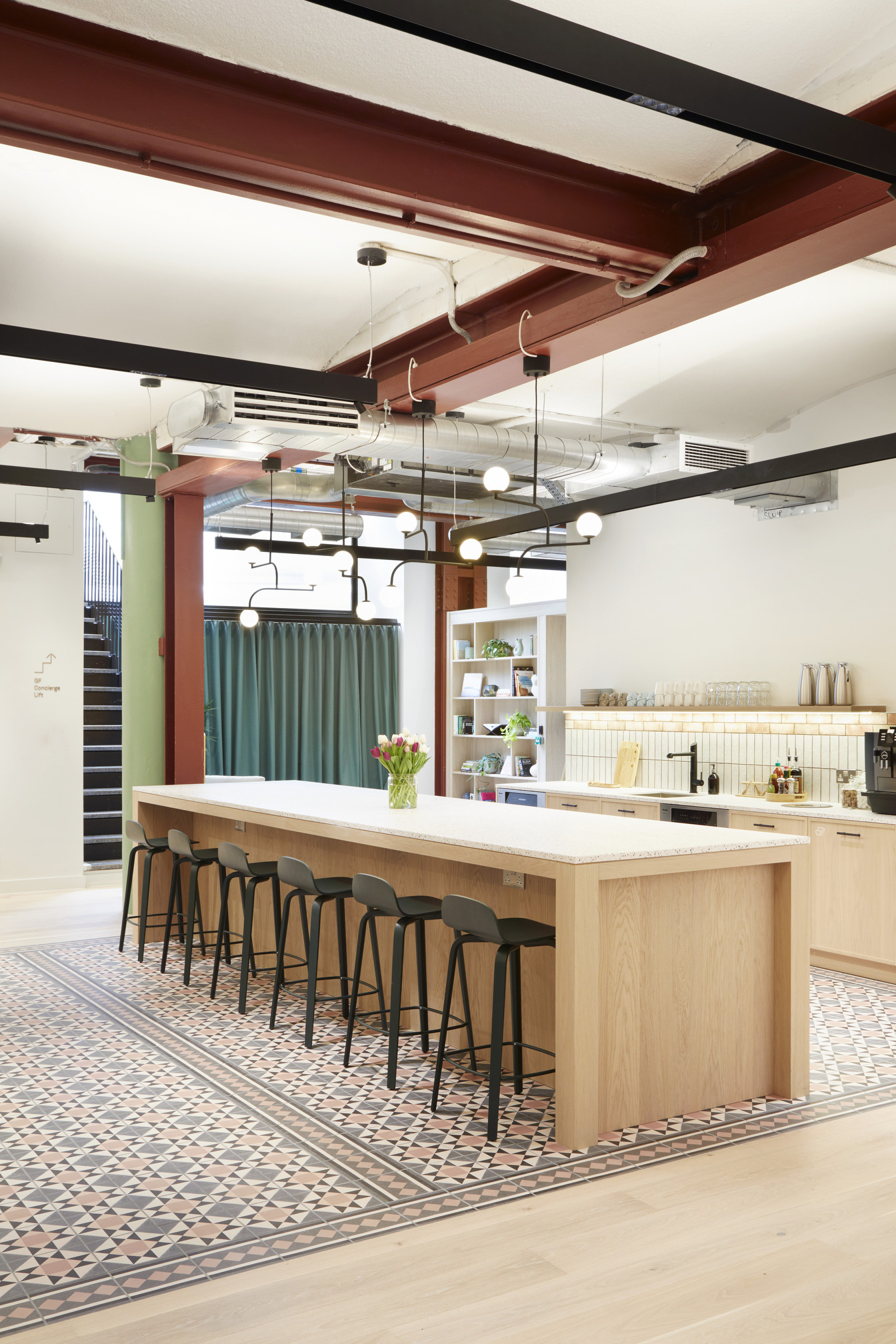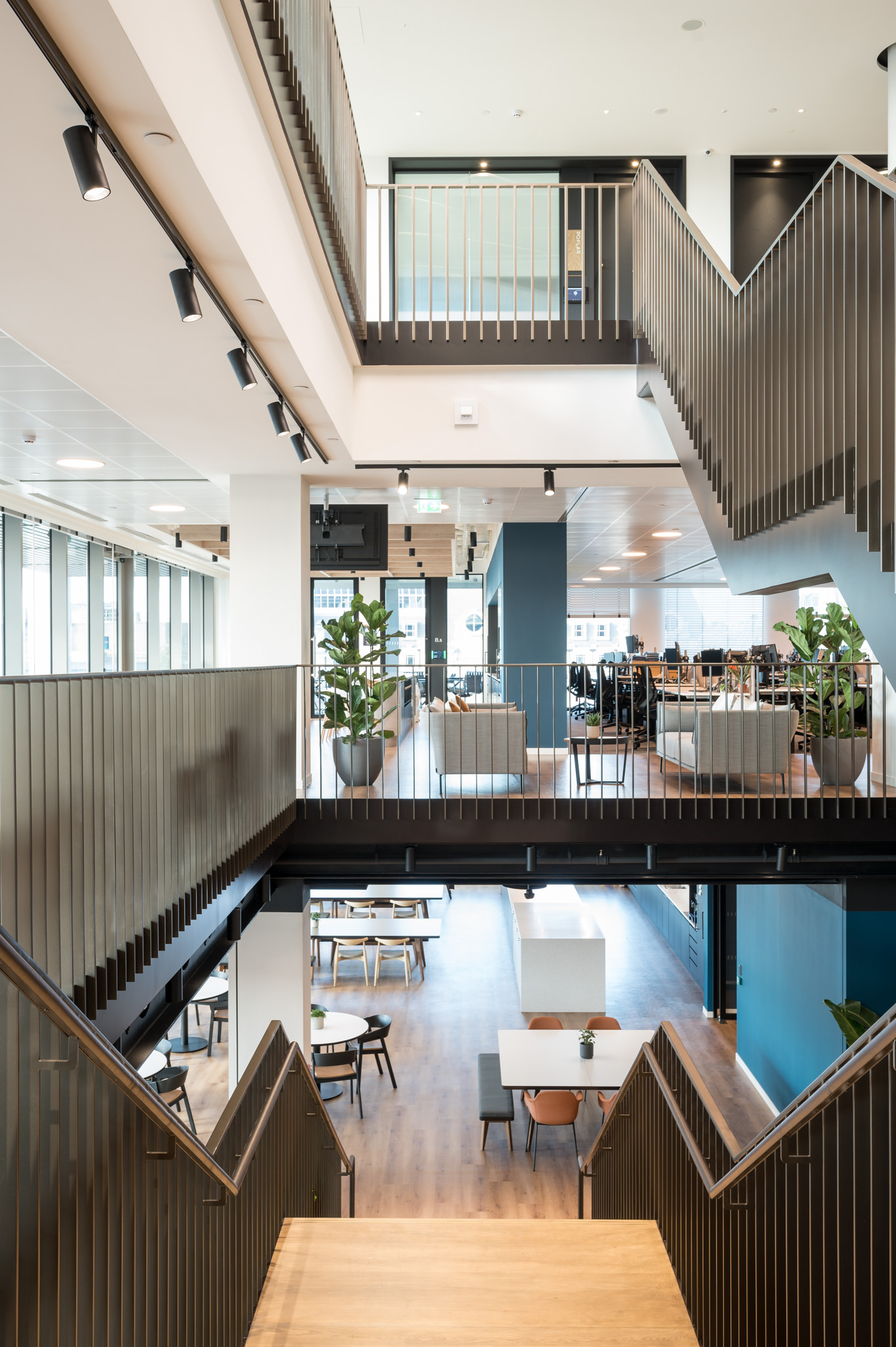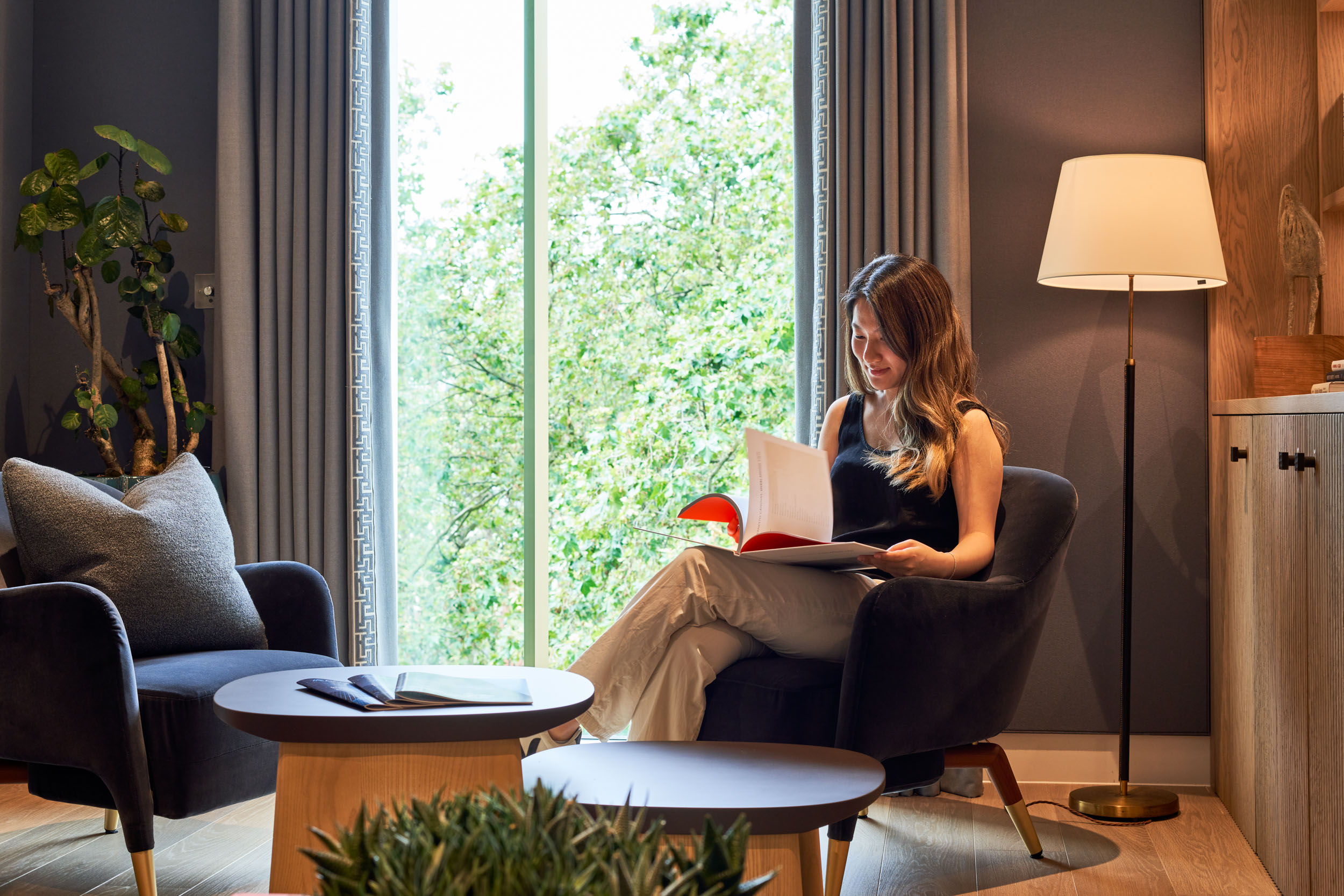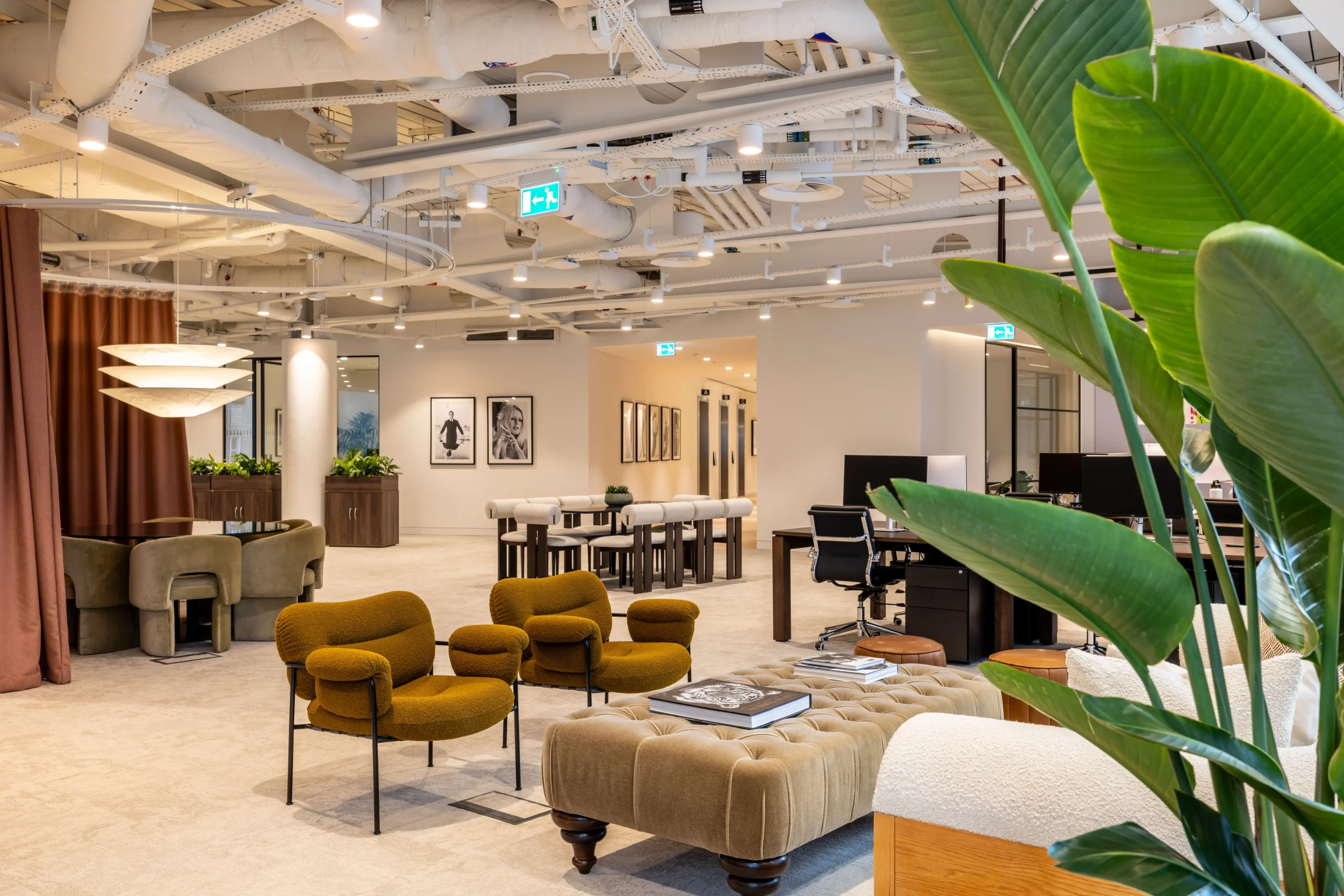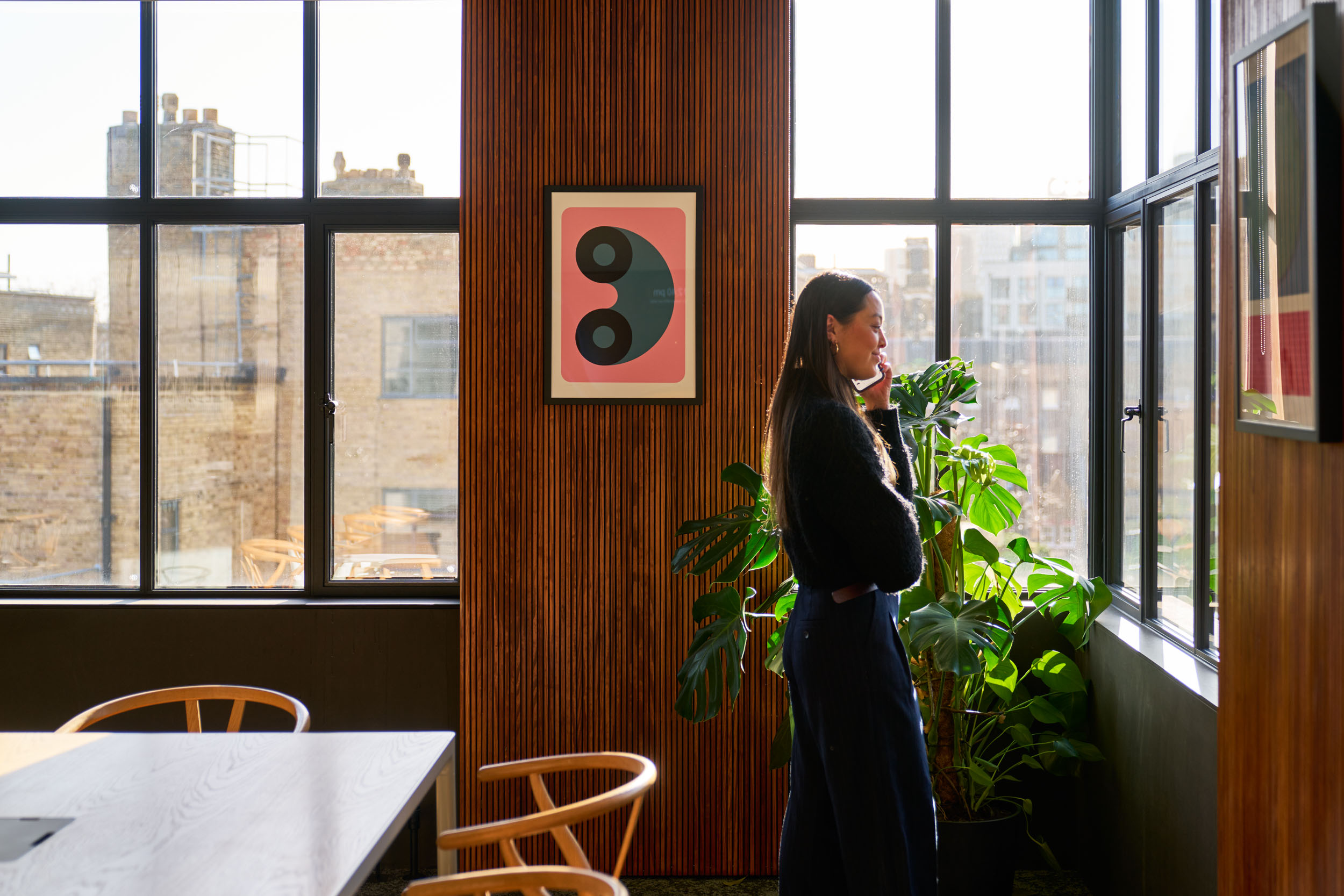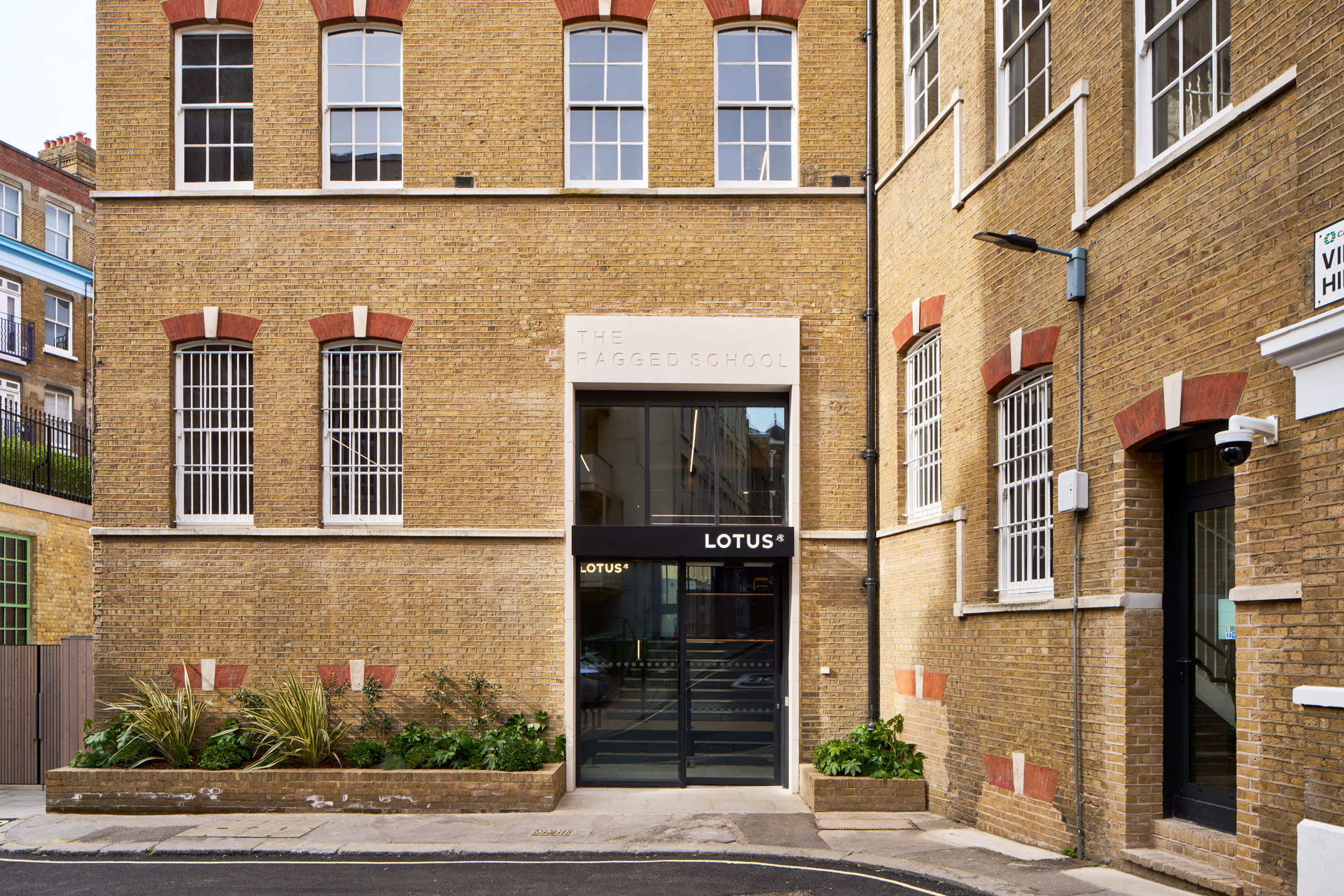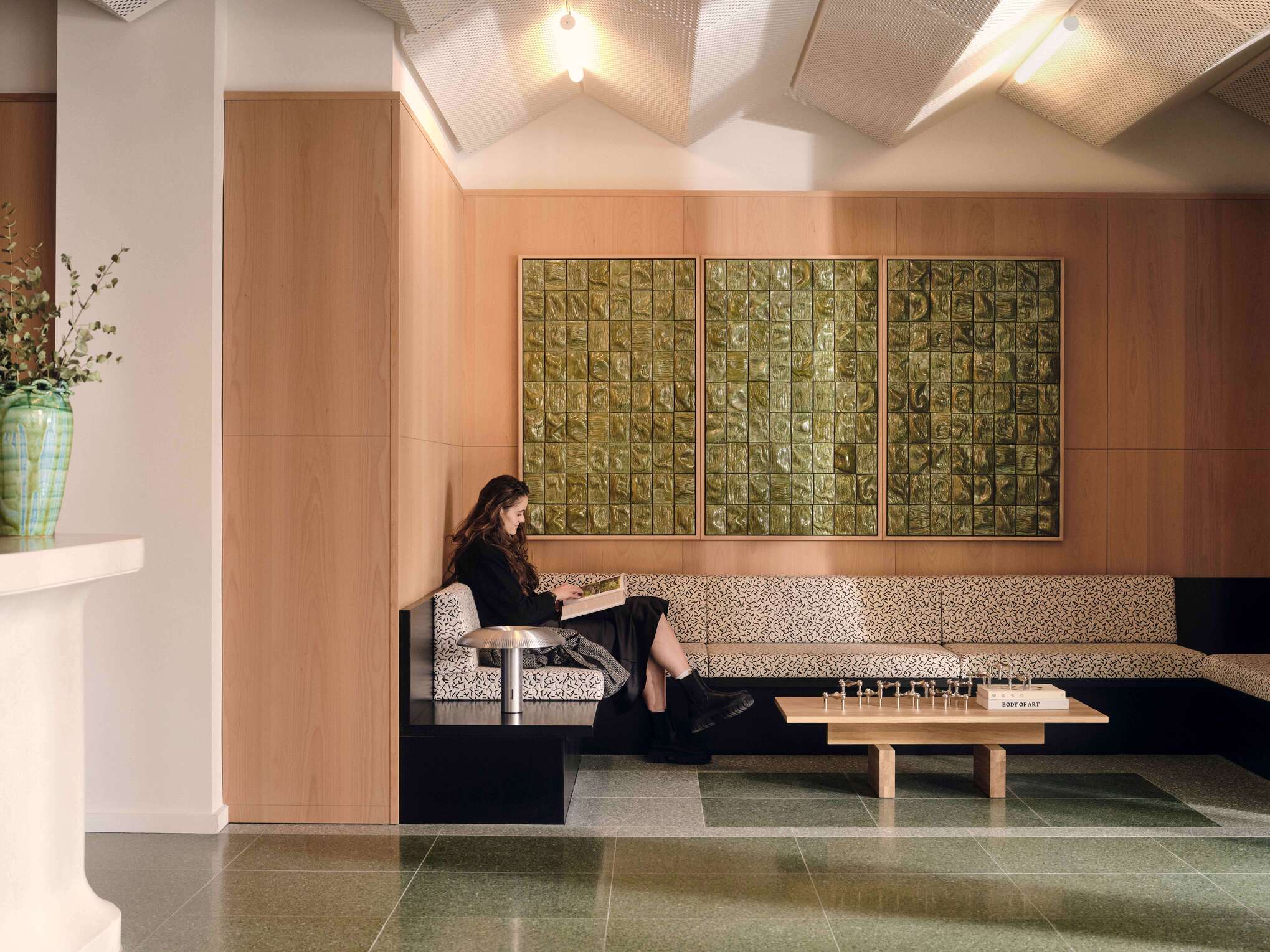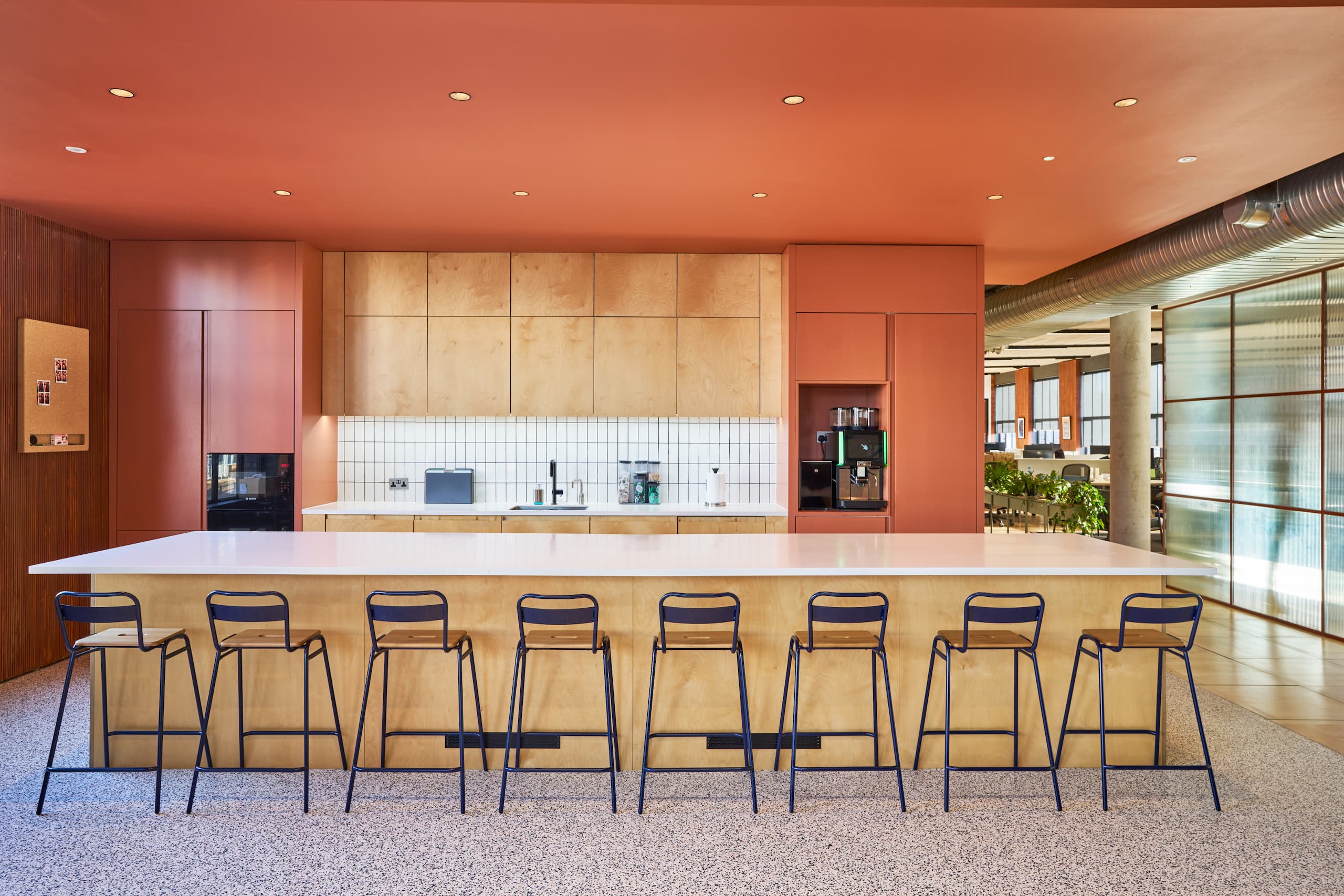What is Hybrid Working?
Hybrid working has become one of the most significant shifts in workplace culture in decades. As of early 2025, Office for National Statistics (ONS) data shows that 28% of working adults in Great Britain split their time between home and the office, more than double the share before the pandemic. The shift is particularly big in the finance, technology, legal, and media industries.
Government policy now recognises hybrid working as a valid form of flexible working, giving employees the right to request it from day one. For employers, the focus has moved from whether to adopt hybrid working to how to optimise hybrid working.
What Is Hybrid Working?
Hybrid working means splitting your week between the office and another location, most often home. But in practice, it comes in different forms:
- Structured — fixed office days for everyone.
- Flexible — employees choose their days based on work or team needs.
- Role-based — only certain roles have hybrid eligibility.
CIPD guidance is clear: hybrid working should be planned, not improvised. Without a strategy and the right environment, businesses risk losing the collaboration, mentoring and culture that happen naturally when people are together.
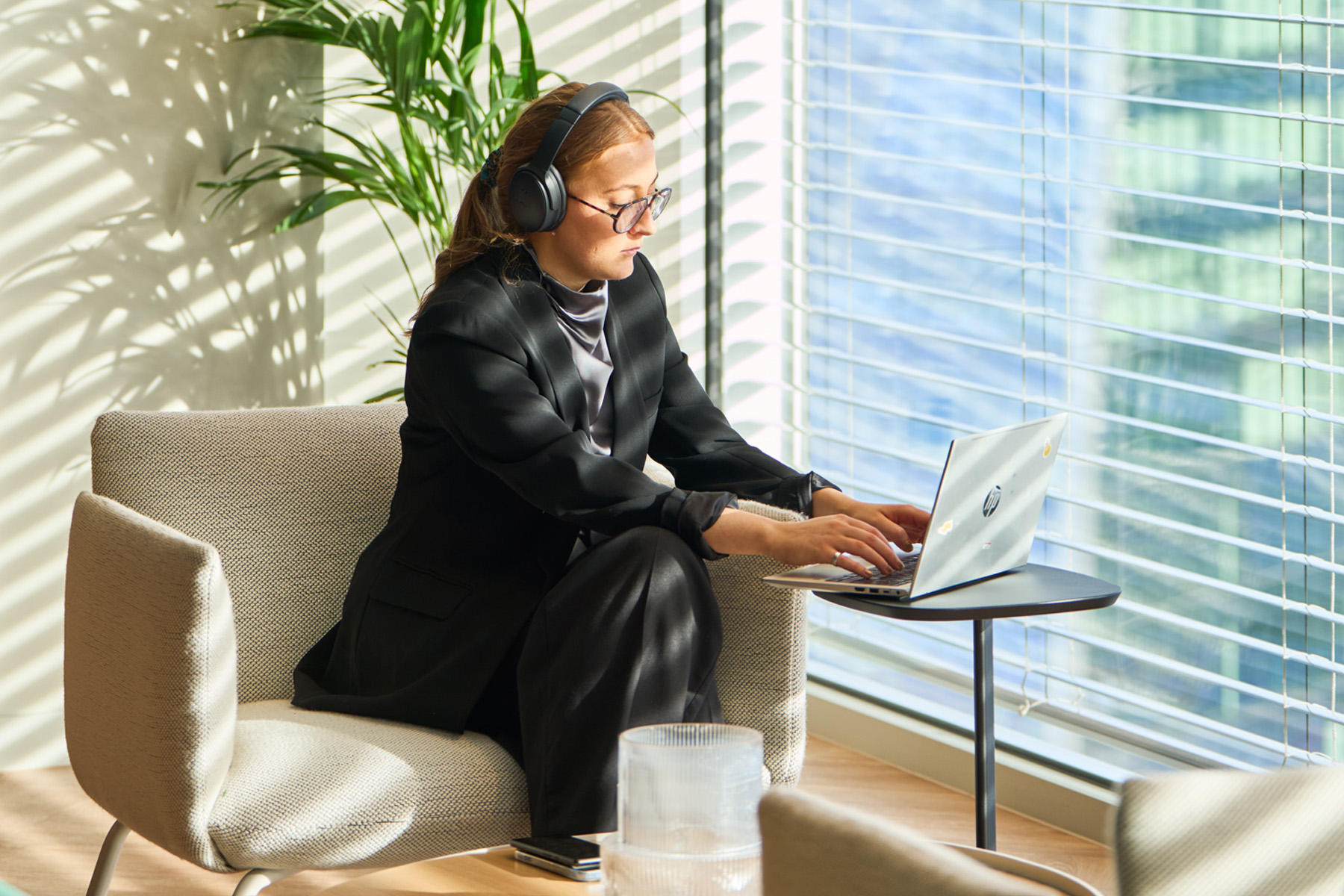
Who Hybrid Working Works For
The benefits of hybrid work are not spread evenly. ONS data on who has access to hybrid work in Great Britain from 2025 highlights:
- 45% of employees earning over £50,000 work in a hybrid pattern.
- Only 8% of those earning under £20,000 work hybrid.
- Graduates are almost three times more likely to work in hybrid roles than those without higher education.
This imbalance raises questions about fairness and opportunity. If hybrid working is part of your employee offer, it’s worth considering who can access it and whether roles that must be on-site are equally supported.
Why the Office Still Matters in a Hybrid Model
Hybrid working changes the role of the office from a place where everyone is expected to be every day, to a space that earns its value by doing what home working cannot.
British Council for Offices (BCO) NexGen Mentoring Programme shows that younger professionals value in-person learning and mentorship, while senior leaders use office time for strategic collaboration. That means designing spaces where people naturally connect: project benches on busy walkways, social hubs near meeting rooms, and touchdown points that invite spontaneous conversation.
Culture is another factor you can’t replicate on a video call. Elements like layout, lighting, artwork and materials tell a story about your organisation’s values. The Power of People, Purpose and Place and 5 Ways to Promote Social Connection at Work show how design choices shape identity and strengthen team bonds.
The aim is simple: make the office a place people want to be, not somewhere they feel obliged to go.

Rethinking and Redesigning Space
Hybrid patterns change how much space you need and how it’s used. Peak attendance now often falls midweek, with quieter days either side. Collaboration areas see higher demand, while rows of unused desks sit empty.
The BCO’s Review of Post-Pandemic UK Office Utilisation found that the long-standing 80% occupancy benchmark has fallen closer to 66%, reinforcing the case for layouts built around activity rather than fixed seating ratios. That opens the door to reallocating space to meeting suites, multi-purpose collaboration zones, and hospitality-style client areas.
This has prompted many organisations to:
- Have a workplace consultancy study to see how their space is used.
- Reconfigure layouts to favour meeting rooms, social spaces, and quiet zones over rows of desks.
- Focus on flexibility in multifunctional spaces with modular furniture and movable partitions.
In some cases, consolidating underused areas frees budget for technology upgrades, wellbeing facilities, or social spaces, making the office more appealing on the days people choose to be there.
The Technology Backbone of Hybrid Work
Hybrid working is only as strong as its technology. A workplace that makes it easier to be in the room than dial in will leave remote staff behind.
The essentials include:
- High-quality audio-visual setups in meeting rooms.
- Smart booking systems for desks and rooms.
- Fast, secure WIFI throughout the office.
- Environmental controls for lighting, air quality, and temperature.
Integrating these systems during the design phase ensures they are functional and a part of the experience, avoiding the common pitfall of retrofitted tech that disrupts the flow of work.
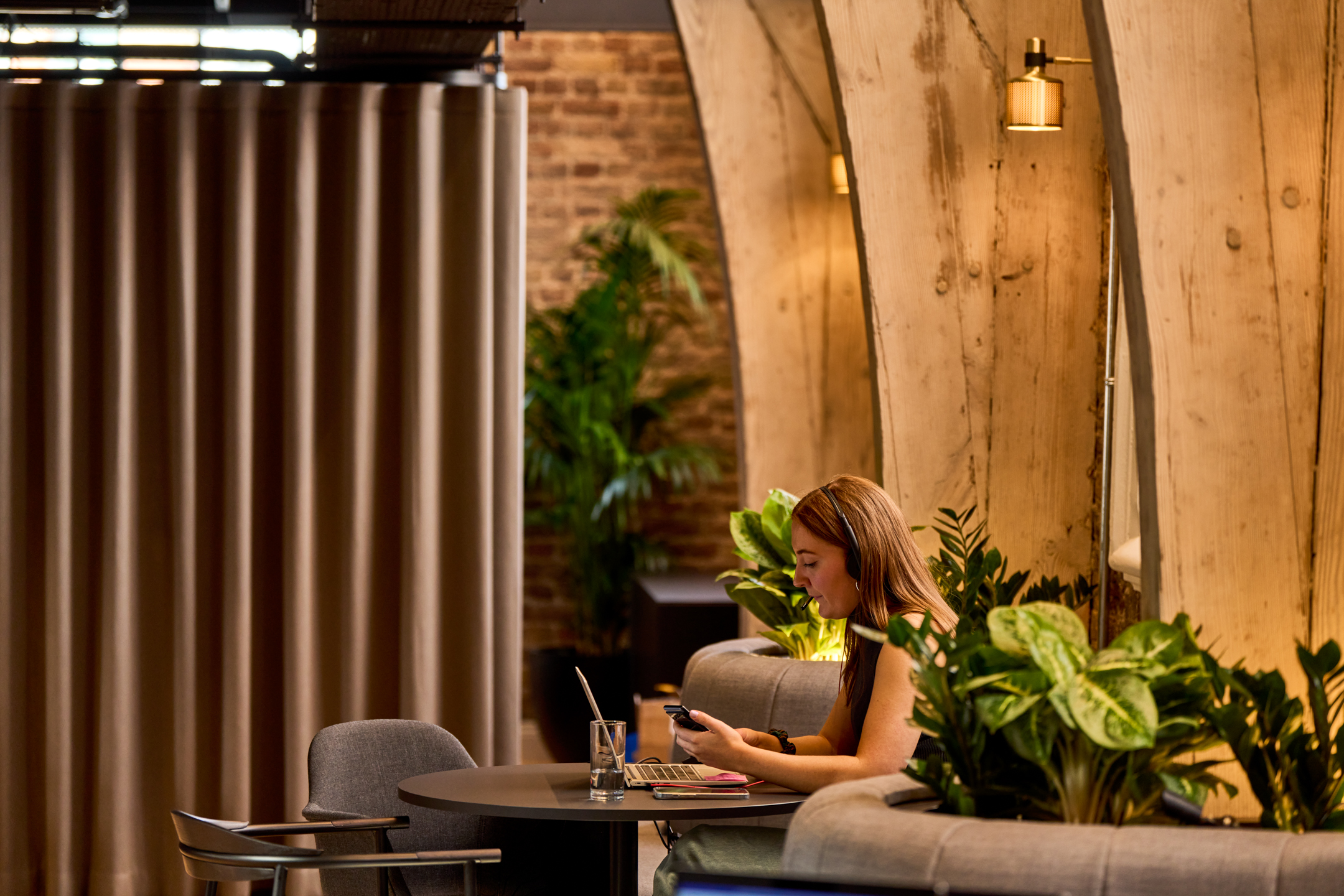
Culture and Talent in a Hybrid Era
Flexible working is now a top factor in career decisions. CIPD research shows 71% of workers consider flexibility important when looking for a new role. Where hybrid work is removed or restricted, resignation rates can rise: in Scotland alone, 80,000 people left roles in the past year over rigid office mandates.
The office is part of your talent strategy. A well-designed hybrid office that supports connection, reflects your values, and offers a great experience can help you attract and retain the right people.
Productivity, Wellbeing, and Performance
ONS data suggests hybrid workers save around 56 minutes per day on commuting. Many reinvest this time in exercise, family, or rest, all factors linked to improved focus and engagement. However, hybrid working can also blur work–life boundaries if not managed well, leading to presenteeism or burnout.
The physical environment plays a critical role in sustaining productivity and wellbeing:
- Quiet zones for deep focus.
- Acoustic design to reduce distraction.
- Ergonomic furniture and adjustable setups.
- Access to natural light and greenery.
The Future of Hybrid Working
Hybrid working is evolving towards experience-led workplaces, offices designed as destinations. Expect more hospitality-inspired amenities, agile layouts, AI-driven building systems, and a stronger sustainability and circular design push.
While some sectors will continue to push for more on-site attendance, hybrid work will remain a defining feature of knowledge-based industries. The organisations that thrive will be the ones that treat their space as a strategic asset, flexible, engaging and built for the way people work now.
